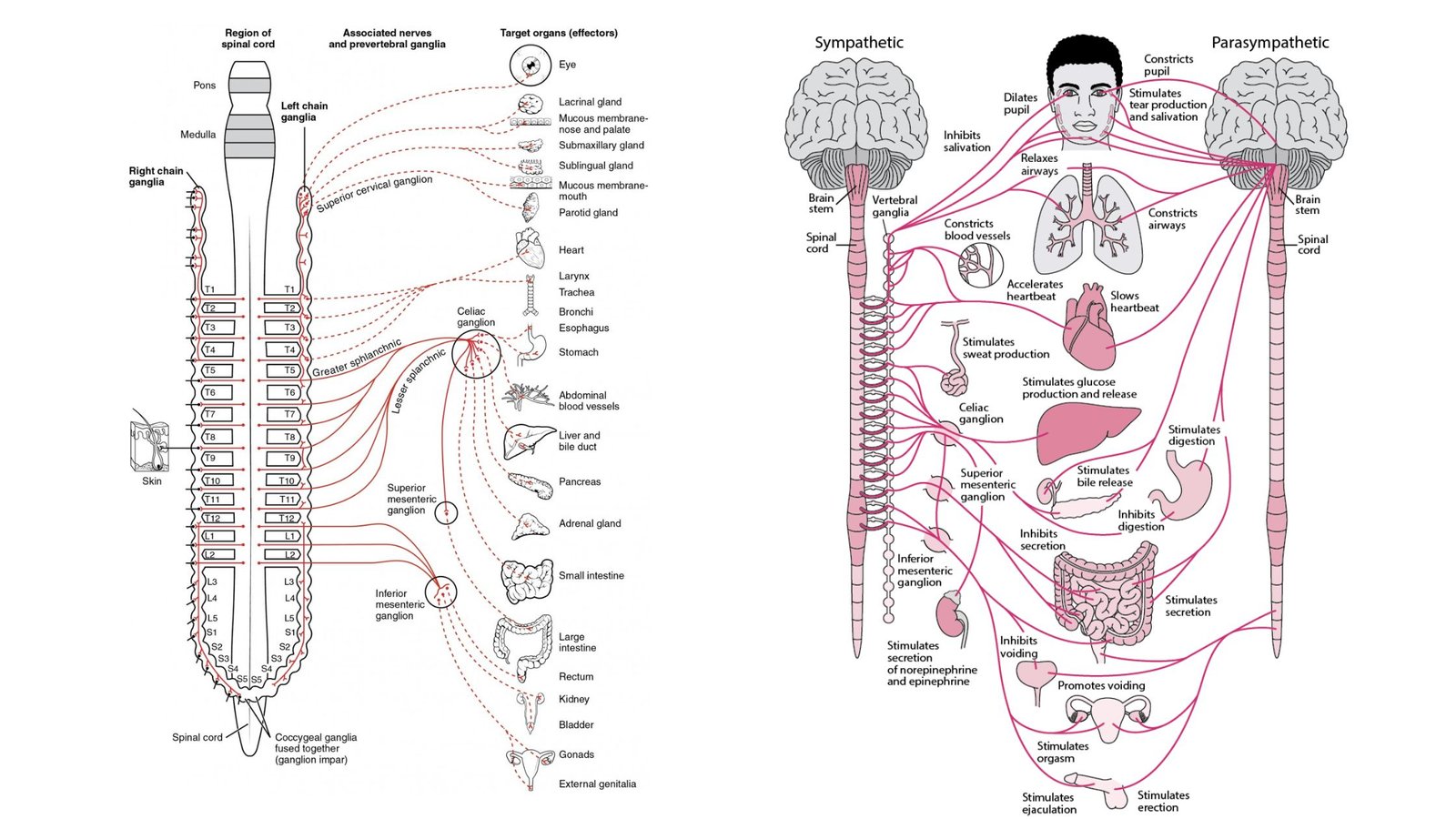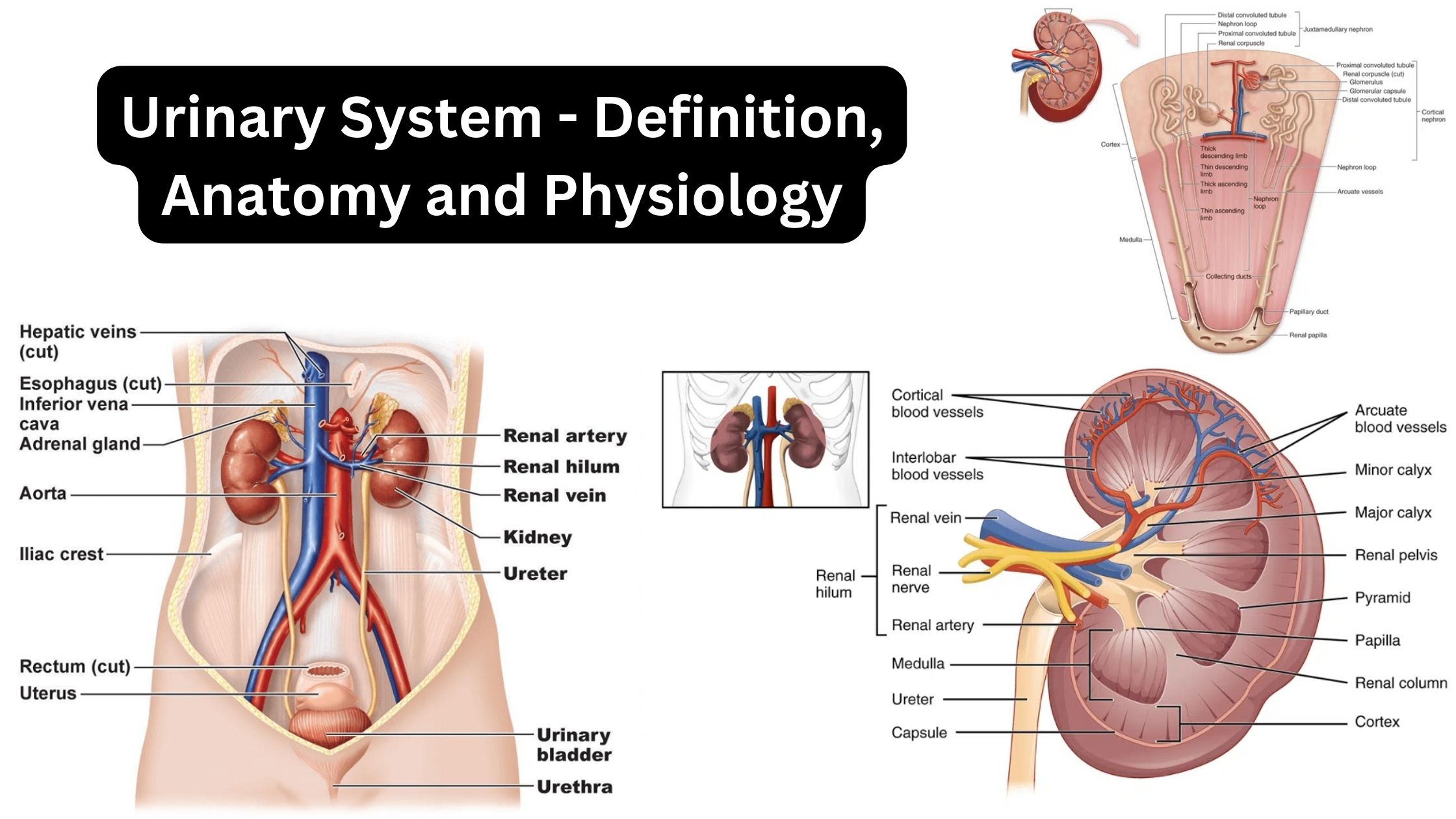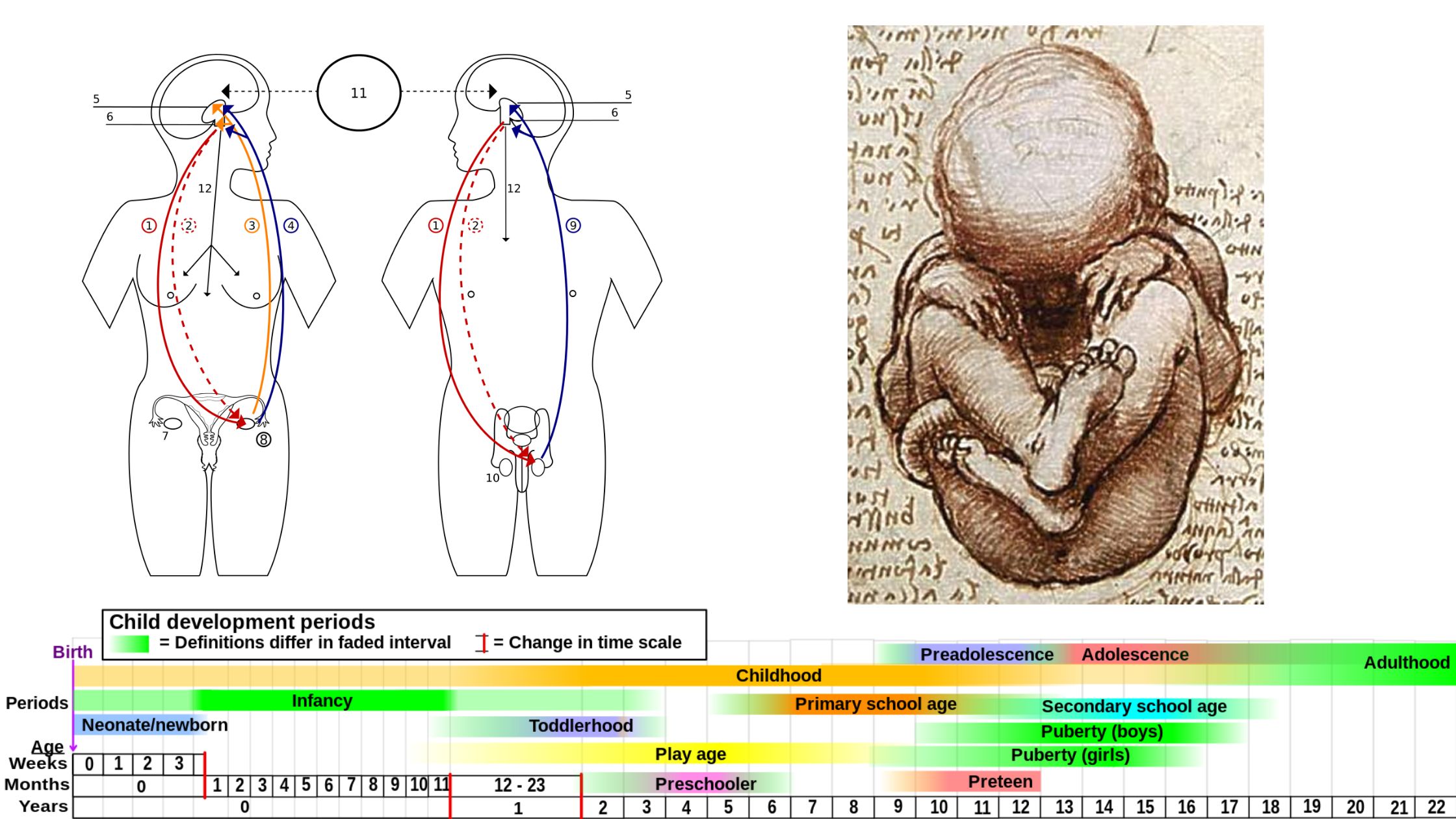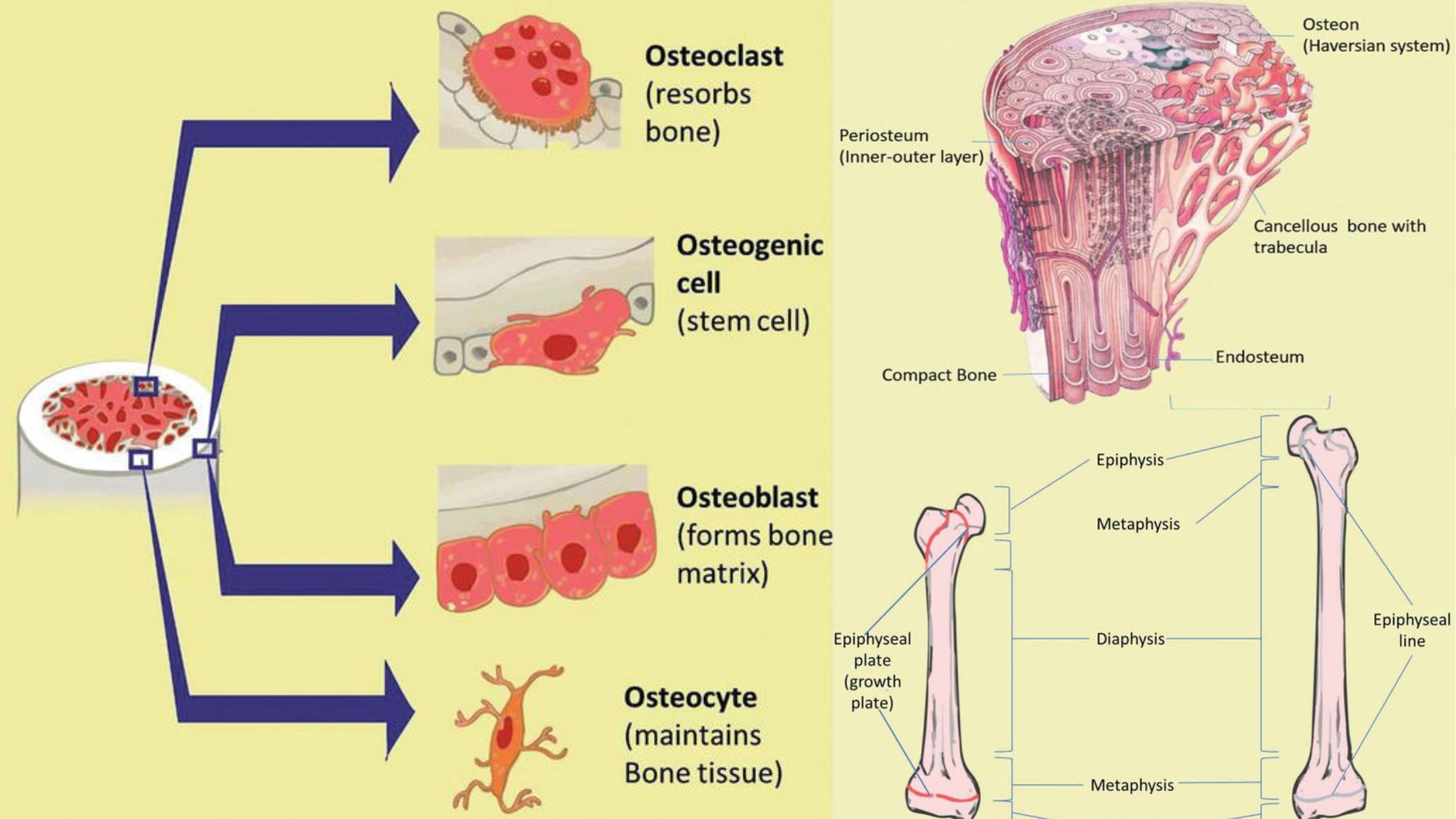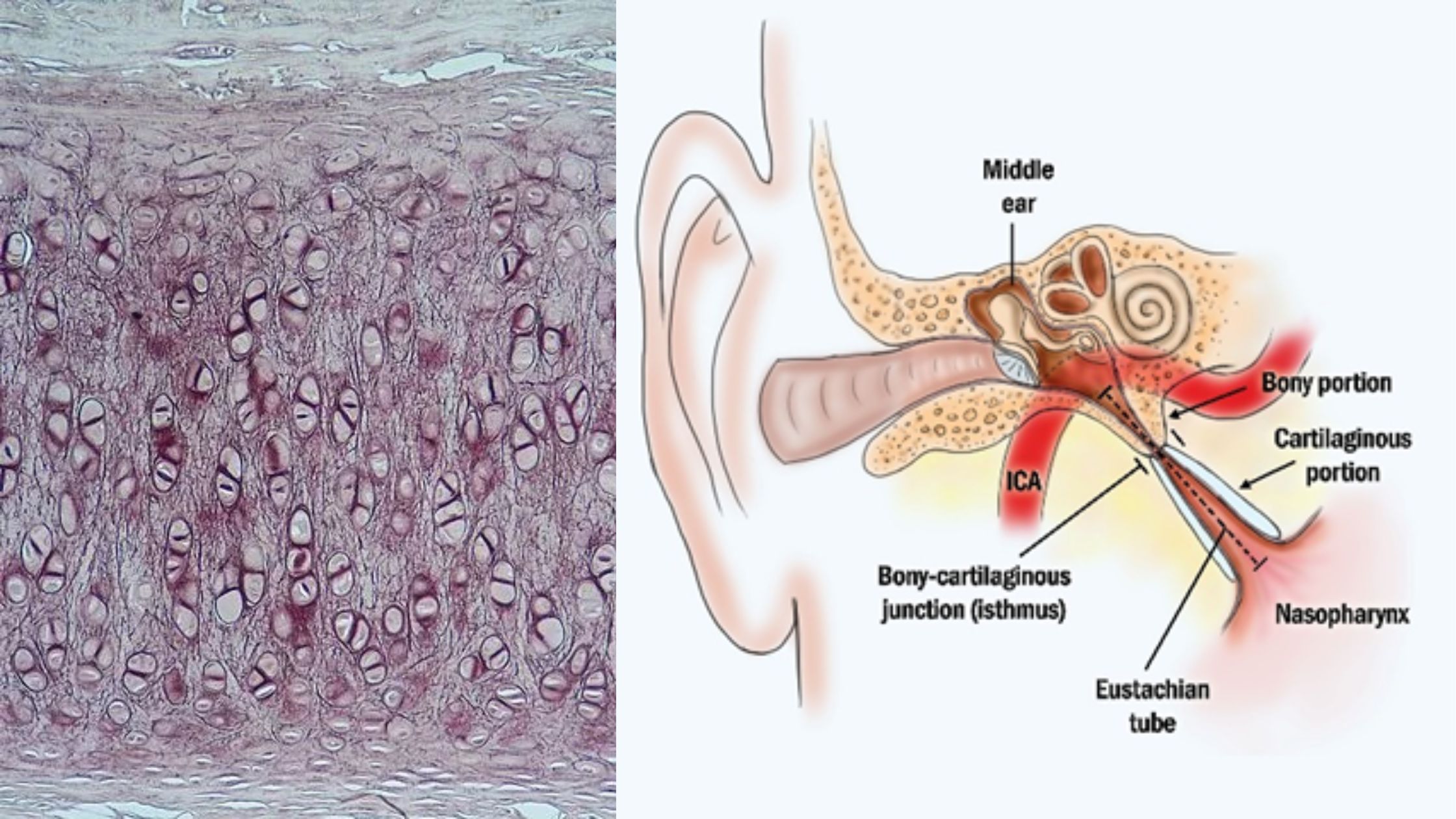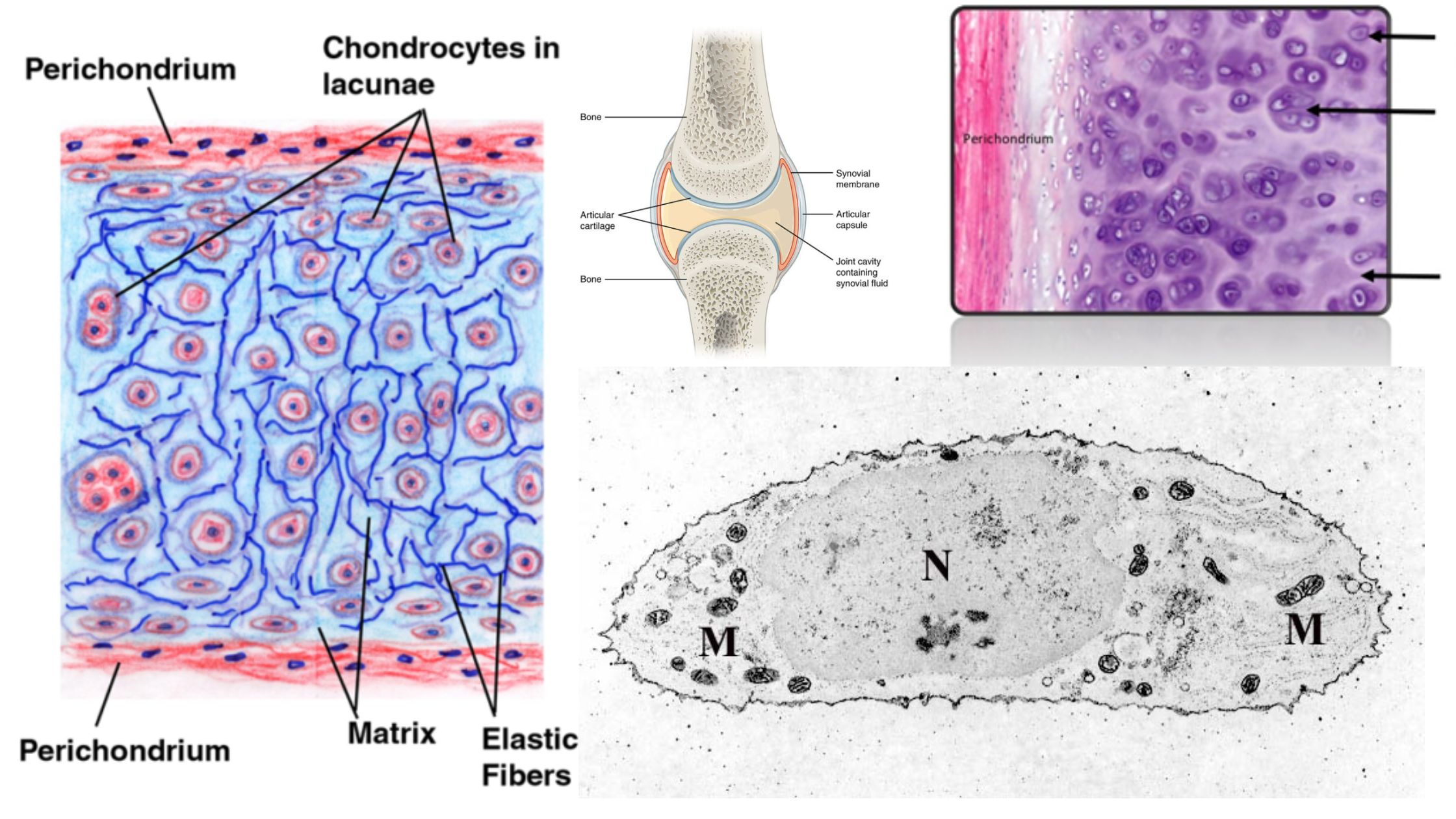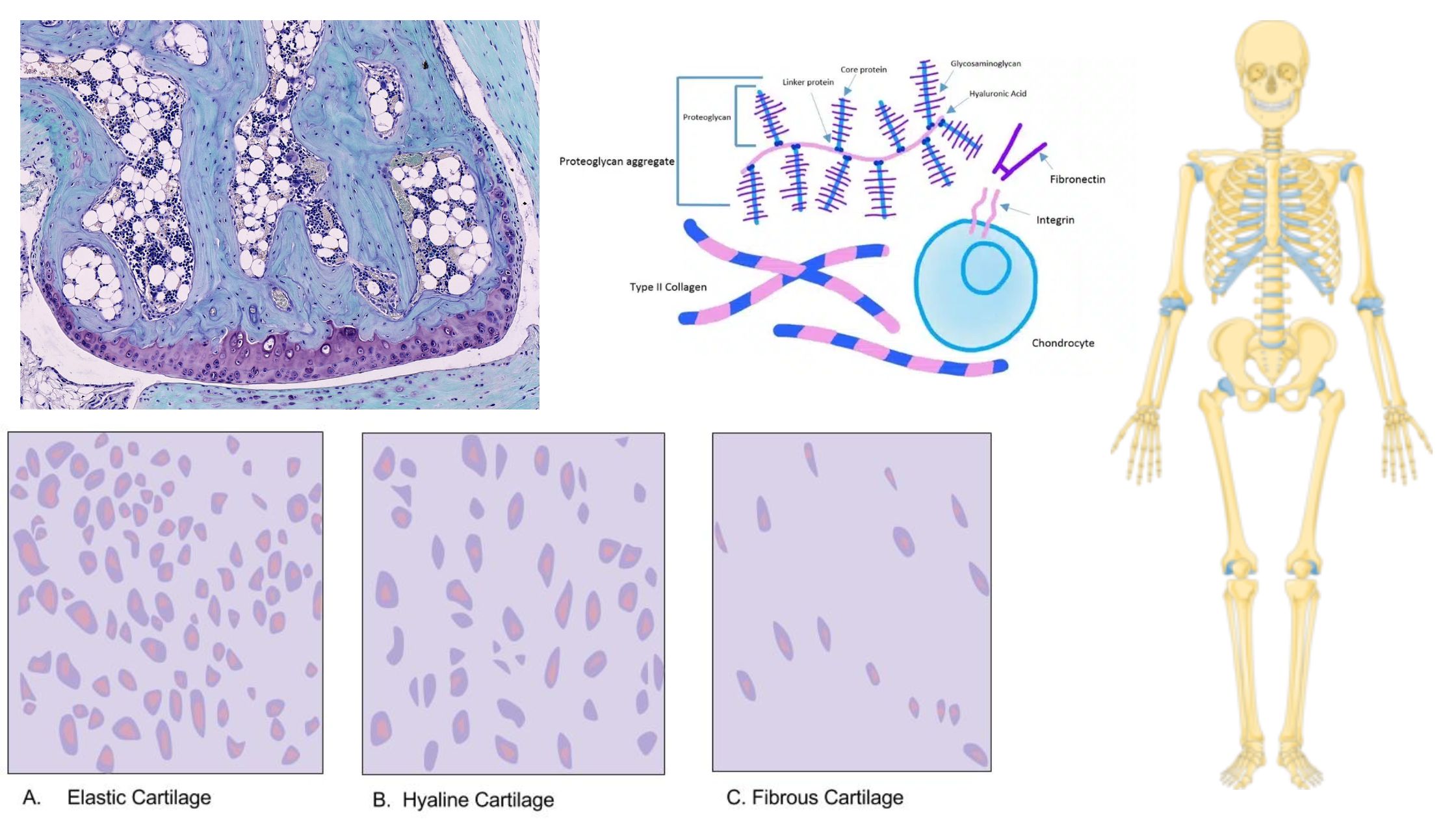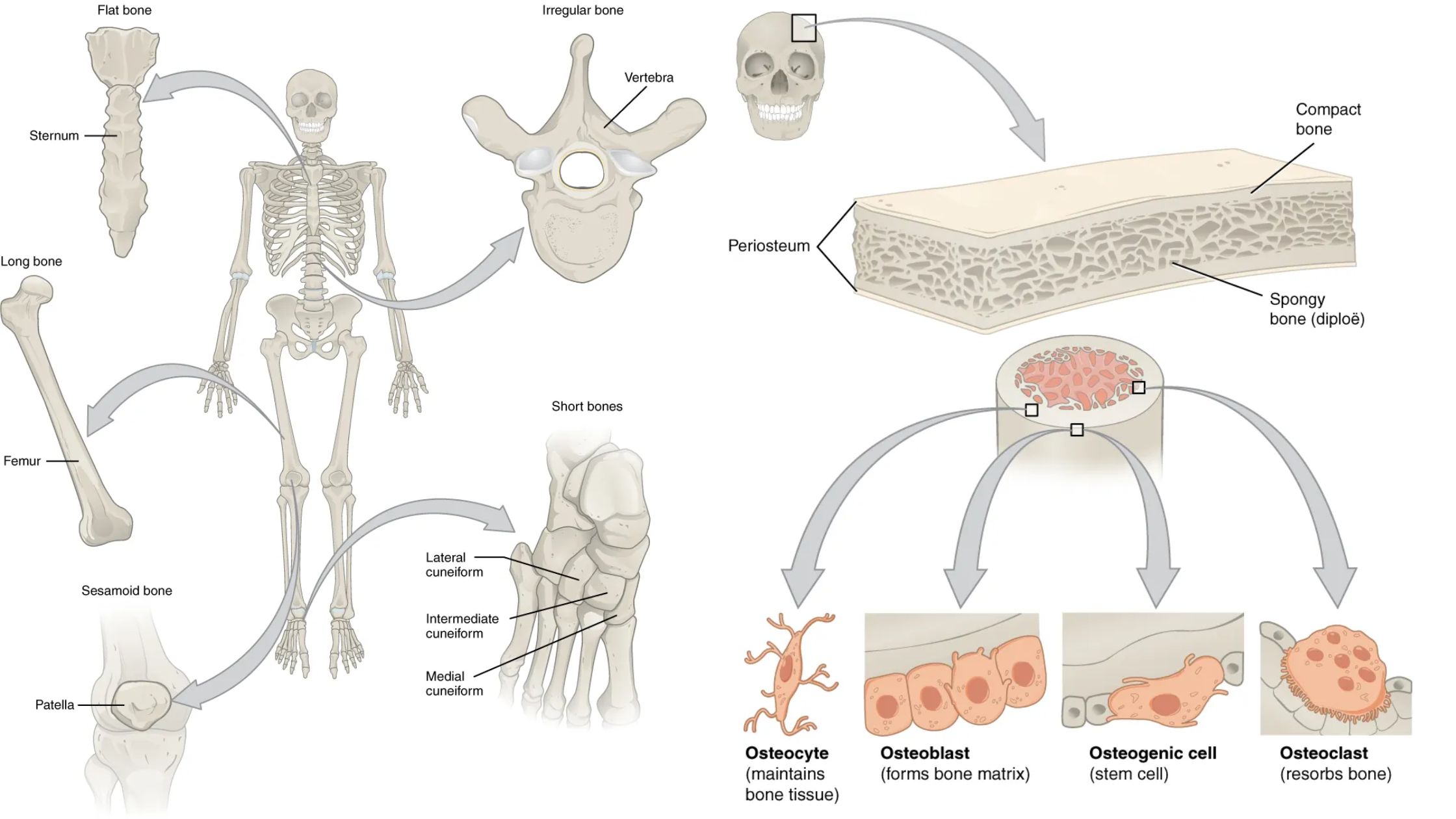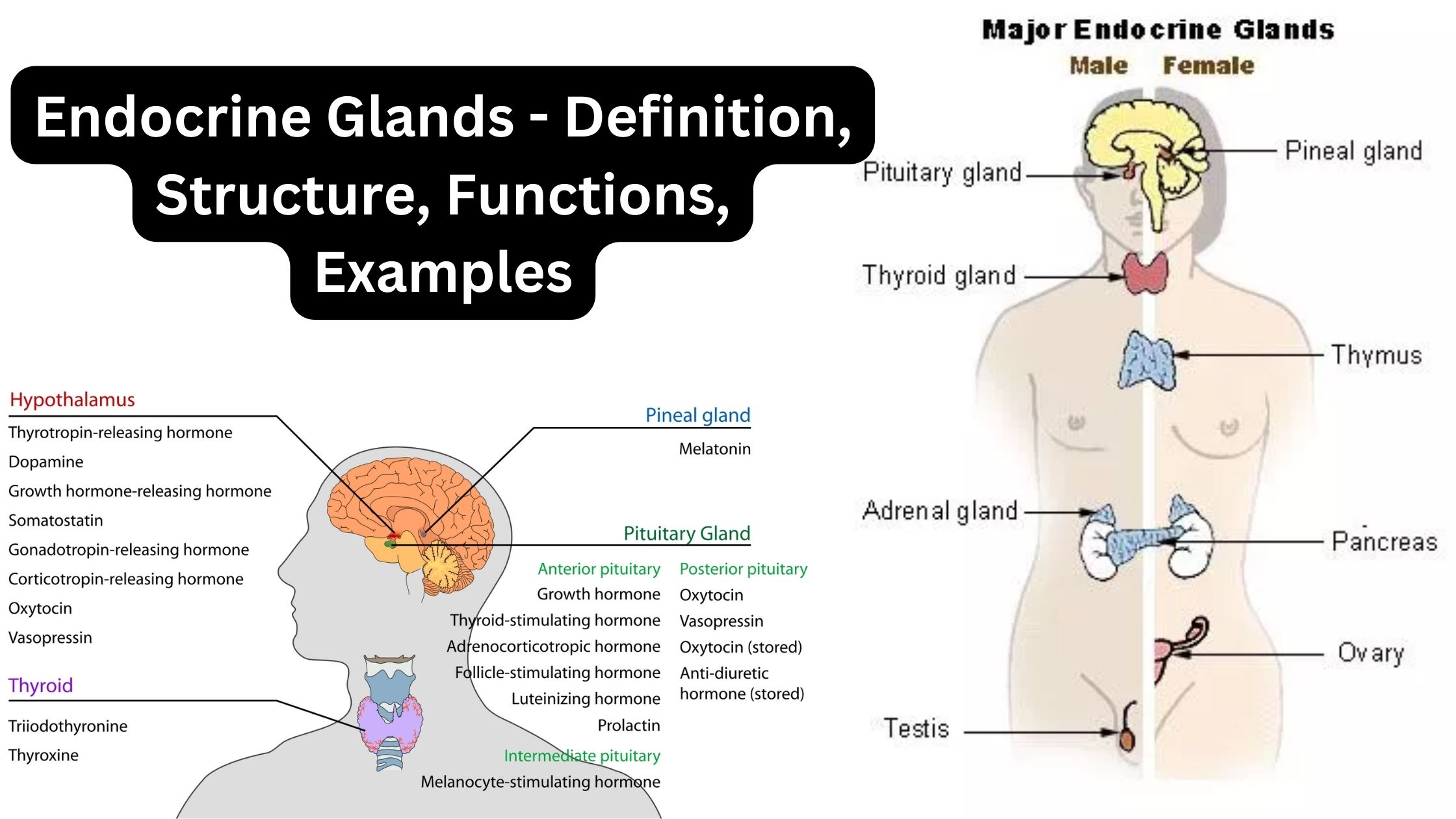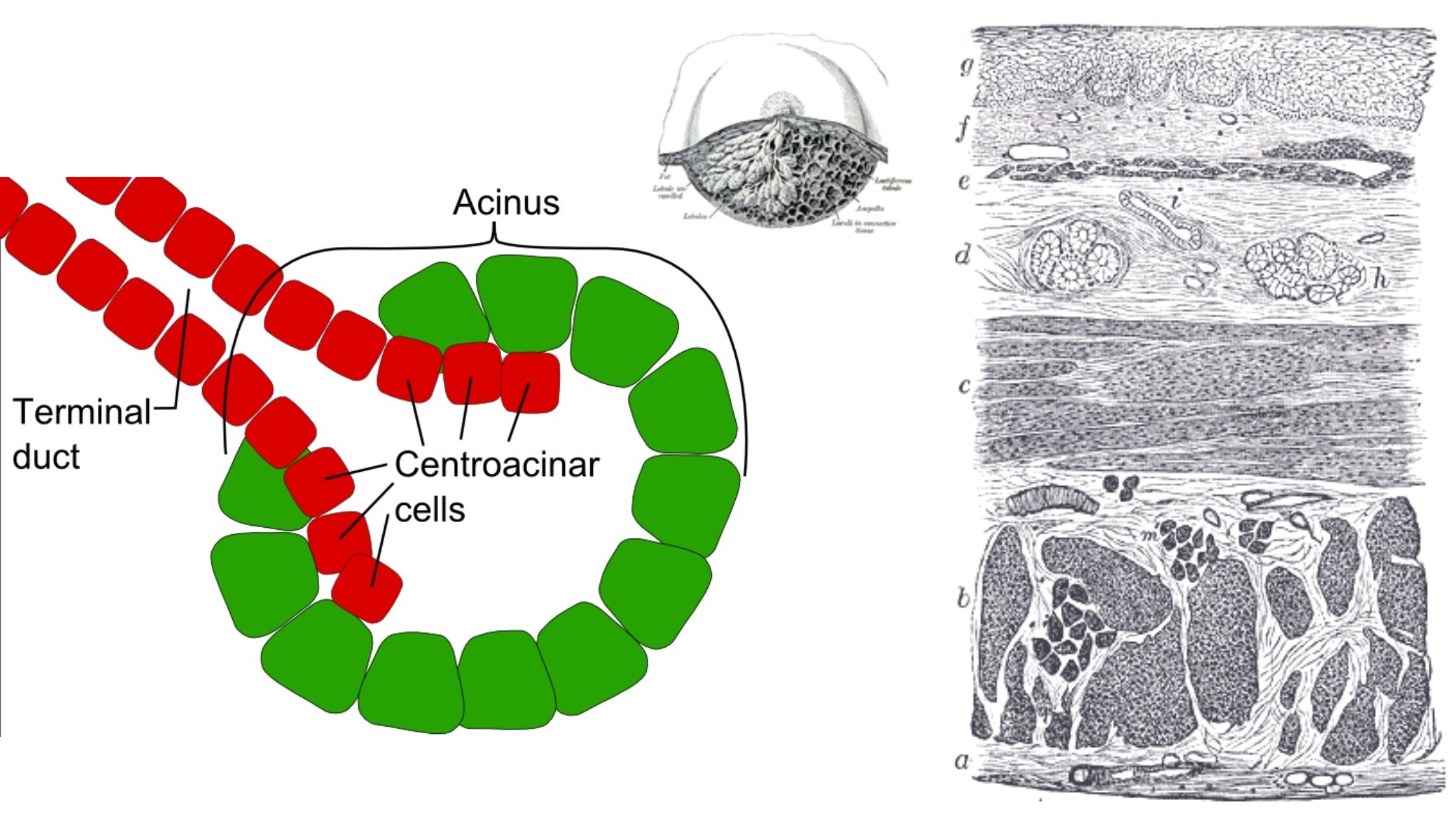Autonomic nervous system – Definition, Structure, Functions
What is Autonomic nervous system? Definition of Autonomic nervous system The autonomic nervous system (ANS) is a division of the nervous system responsible for regulating involuntary bodily functions such as heart rate, digestion, respiration, and sexual arousal. It consists of the sympathetic, parasympathetic, and enteric divisions, which work together to maintain homeostasis and respond to … Read more
